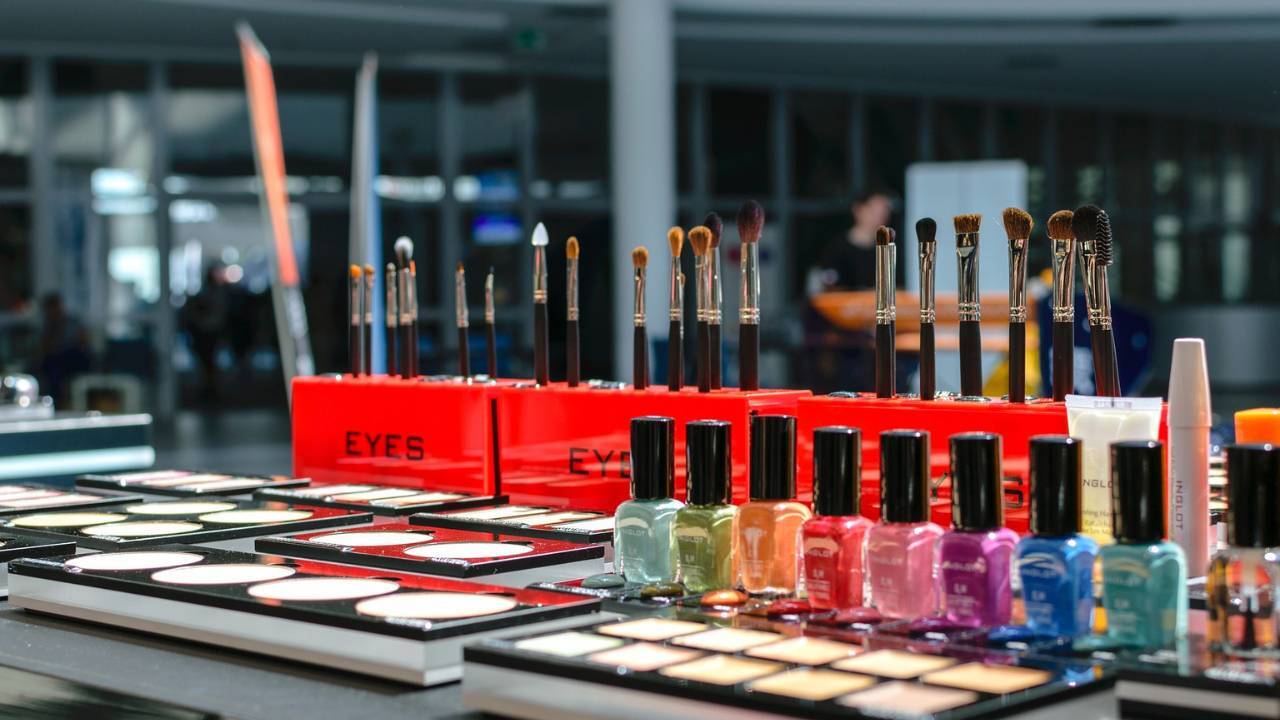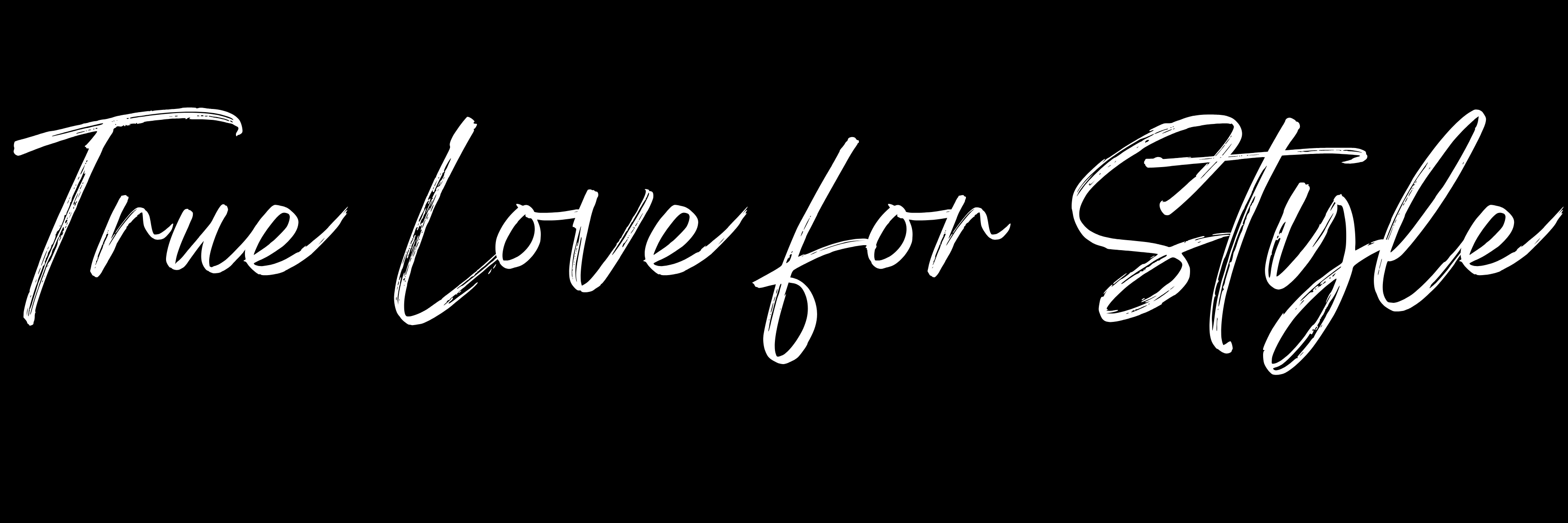
15 minutes, 58 seconds
-2.6K Views 0 Comments 2 Likes

When it comes to beauty businesses, visual branding can significantly influence customer perception and satisfaction. A strong visual brand helps beauty businesses distinguish themselves in a crowded market by creating a memorable image that resonates with their target audience. From the choice of colour palettes to designing a distinct logo, every element of visual branding needs to be intentional and reflective of the business's ethos.
Beauty businesses can leverage consistency in their visual branding to build trust and loyalty among customers. Consistency in packaging, advertisement, and store design reinforces brand recognition and reliability. This section delves into effective strategies that help ensure the brand's voice and message are consistently captured visually.
In a digital-first world, the online presence of beauty brands plays a pivotal role in visual branding. High-quality content and cohesive aesthetics across social media platforms and websites are essential to captivate and engage potential customers. Incorporating these visual branding strategies enables beauty businesses to not only attract but also retain a loyal customer base.
The beauty industry thrives on the power of visual elements to convey unique brand identities. Key components such as colour psychology, typography, and brand values play crucial roles in shaping perceptions and driving consumer loyalty.
Brand identity in the beauty sector is the cohesive image a business projects through its visual branding. This includes logos, imagery, product packaging, and advertising. Establishing a strong brand identity involves defining clear brand values that communicate what the company stands for.
These values differentiate a brand from its competitors and connect emotionally with consumers. For example, a focus on sustainability might be visually represented with earth tones and minimalistic design. Consistency in these visual elements is essential to ensure recognition and trust in the marketplace.
Colour psychology is an influential tool in visual branding, as colours evoke emotions and convey messages. In beauty branding, choosing the right colour palette is crucial to creating specific perceptions and attracting target audiences.
For instance, red can convey passion and energy, while green may symbolise health and eco-friendliness. The selection of colours must align with the brand's identity and values to enhance brand recall and loyalty. By leveraging the appropriate colours, brands can effectively communicate with their audience on a subconscious level, influencing purchasing decisions and emotional connections.
Typography significantly affects how a beauty brand is perceived by its audience. The choice of fonts can communicate attributes like sophistication, playfulness, or professionalism. Fonts need to be consistent across all brand materials to build a cohesive identity.
For beauty businesses, elegant and readable typography often appeals to consumers seeking quality and luxury. Companies like Printroom utilise custom designs to align typography with brand messaging. Careful selection and application of typefaces can reinforce brand values and set the desired tone for consumer engagement.
Effective packaging design is integral to differentiating beauty brands in a competitive market. By fostering emotional connections and embracing sustainable practices, businesses can enhance brand loyalty and appeal.
Packaging plays a crucial role in establishing a direct emotional link with consumers. By using colour, texture, and imagery, beauty businesses can evoke specific feelings and associations. For instance, soft pastel hues may suggest tranquillity and softness, while vibrant tones can convey energy and vitality. Additionally, incorporating storytelling elements on the packaging through compelling graphics or text can further deepen the consumer's relationship with the brand.
An element worth noting is the tactile experience. Packaging materials that feel luxurious or unique make a product memorable, encouraging repeat purchases. Personalised touches, such as messages or customisation options, also cater to consumers' desires for products that feel tailored to them. By strategically designing packaging that communicates the brand's story and values, businesses can embed themselves in the consumer's life, fostering ongoing loyalty.
Sustainability has become a crucial component of modern packaging design. Consumers increasingly prioritise eco-friendly options, compelling beauty brands to adopt innovative sustainable practices. Utilising biodegradable materials or recyclable components not only appeals to environmentally conscious consumers but also reduces the brand's ecological footprint. This approach can significantly enhance the brand’s reputation and attract a broader audience.
Innovation in packaging involves crafting solutions that maintain product integrity while reducing environmental impact. Refillable containers and minimalistic designs reduce waste and encourage responsible consumer practices. Brands that capitalise on these trends not only stand out but also position themselves as forward-thinking and socially responsible. By aligning packaging strategies with sustainable values, they cater to a growing demographic prioritising environmental stewardship.
Digital presence in the beauty industry is crucial for brand visibility and relevance. Effective content creation on digital platforms enhances engagement and authenticity, reaching target audiences effectively.
Social media platforms such as Instagram and TikTok play a significant role in enhancing brand awareness for beauty businesses. By posting visually appealing content like makeup tutorials and product reviews, brands can captivate and engage their target audiences. Consistent and high-quality posts with a defined aesthetic contribute to a cohesive brand image, fostering recognition and loyalty among followers.
Engaging with audiences through comments and direct messages further humanises the brand, building a sense of community. Paid advertising on these platforms can extend reach to potential customers, while collaborations with beauty influencers can also push brand visibility. Social media is a dynamic tool for beauty brands to establish and maintain strong connections with consumers.
In content creation, authenticity is paramount. Beauty consumers are increasingly drawn to genuine and relatable content that reflects their interests and lifestyles. By sharing behind-the-scenes footage, user-generated content, and honest product reviews, beauty brands can create a trustworthy image.
Influencer marketing serves as a powerful strategy to enhance this authenticity. Influencers who align with the brand's values can create content that resonates with their followers. These collaborations often involve makeup tutorials or skincare routines, providing credible endorsements. Selecting the right influencers is crucial, as their audience should match the brand's target market to maximise impact and ensure meaningful engagement.
An optimised online presence is critical for beauty brands aiming to enhance their digital footprint. Applying SEO best practices to content ensures increased visibility on search engines. This includes using relevant keywords related to beauty trends, makeup tutorials, and product reviews in blog posts and website content.
Additionally, keeping content fresh and updated drives more traffic. An engaging and well-organised website with easy navigation improves user experience, which is also a key ranking factor for search engines. By integrating videos and imagery effectively, brands can enhance user engagement and retention on the site. A robust online presence fortifies a brand's position in the competitive beauty market.
Cultivating a dedicated customer base involves more than just selling products. It requires ongoing strategies that foster loyalty and build a vibrant community. Beauty businesses can achieve this by implementing thoughtful loyalty programmes, actively seeking consumer feedback, and engaging storytelling to create meaningful connections.
Loyalty programmes can significantly enhance brand allegiance by offering incentives for repeat purchases. These programmes might include point-based systems, exclusive discounts, or early access to new products. Additionally, providing personalised experiences can deepen individual connections with customers. Personalisation could mean recommending products based on previous purchases or tailoring marketing messages to reflect a customer’s unique beauty preferences.
Tech-driven personalisation in beauty businesses can manifest in virtual consultations or AI-driven skincare advice. By integrating these approaches, brands build trust and a sense of individual recognition. The element of personal touch ensures that customers feel valued and understood, encouraging continued engagement.
Collecting and acting on consumer feedback is crucial for refining product offerings and service quality. Beauty brands can use surveys, social media interactions, and online reviews to gather valuable insights. These feedback loops not only inform product development but also show consumers that their opinions matter.
Maintaining regular interactions on social media platforms helps to solidify customer relationships. Engaging with consumer questions, comments, and reviews demonstrates responsiveness and transparency. Creating interactive content—such as live Q&A sessions or behind-the-scenes looks—can further engage audiences and invite dialogue, fostering a sense of belonging.
Community building through storytelling allows brands to connect emotionally with their customers. By sharing the brand’s origin story, mission, and values, businesses can appeal to customers who align with similar ideals. When consumers relate to a brand’s narrative, they are more likely to form loyal bonds.
Incorporating customer stories and testimonials into the brand narrative can strengthen community ties. Highlighting real-life experiences and transformations shared by customers not only validates the product’s efficacy but also builds credibility. This authentic approach to storytelling enables beauty businesses to cultivate a supportive and engaged community.
Understanding the market dynamics and assessing competitive positioning are crucial for beauty businesses aiming to thrive. By analysing consumer behaviour, brand placement, and competition, firms can strategically position themselves to capture a greater market share.
A thorough analysis of the target audience involves examining both demographic and psychographic attributes. Demographics like age, gender, and location can highlight specific consumer needs, while psychographics provide insights into lifestyle preferences and purchasing motivations.
Companies can identify high-potential segments by analysing these factors. This analysis informs marketing strategies and helps in tailoring products to meet unique consumer desires. Understanding consumer behaviour, such as purchasing frequency and product preferences, helps businesses align their offerings with market demands.
Effective brand positioning involves distinguishing products in a way that appeals uniquely to consumers while reflecting the brand's core values. In the global beauty market, establishing a niche is pivotal. A well-defined brand positioning strategy helps in setting company products apart from competitors’ and securing a spot in consumers’ minds.
Global market trends and cultural influences greatly impact brand positioning. Comprehending regional preferences and emerging trends assists in refining a brand’s identity. This strategic positioning can help brands enhance their market share and bolster their competitive advantage.
Conducting in-depth competitor research is crucial for identifying gaps in the market that a beauty business can fill. Evaluating competitors’ strengths, weaknesses, pricing strategies, and marketing tactics is essential for developing unique brand differentiation.
A unique brand positioning leverages a company's strengths and differentiates its offerings from others. Emphasising unique product features, sustainable practices, or innovative cosmetics technology can aid in cultivating a distinct presence. This differentiation ensures a brand stands out in a saturated market.
Visual branding is crucial for the success of beauty businesses, serving as the initial connection with customers.
A cohesive visual identity, using consistent colours, fonts, and imagery, builds brand recognition and trust. High-quality visuals, such as professional photography and design, showcase unique brand offerings and elevate perception. While adapting to trends, maintaining core identity ensures relevance and integrity. Visual storytelling strengthens customer engagement, fostering loyalty. Continuous evaluation keeps branding strategies aligned with market changes.
A targeted visual identity tailored to customer preferences enhances brand presence in the competitive beauty sector.
beauty business design marketing content visual branding strategy customers identity


